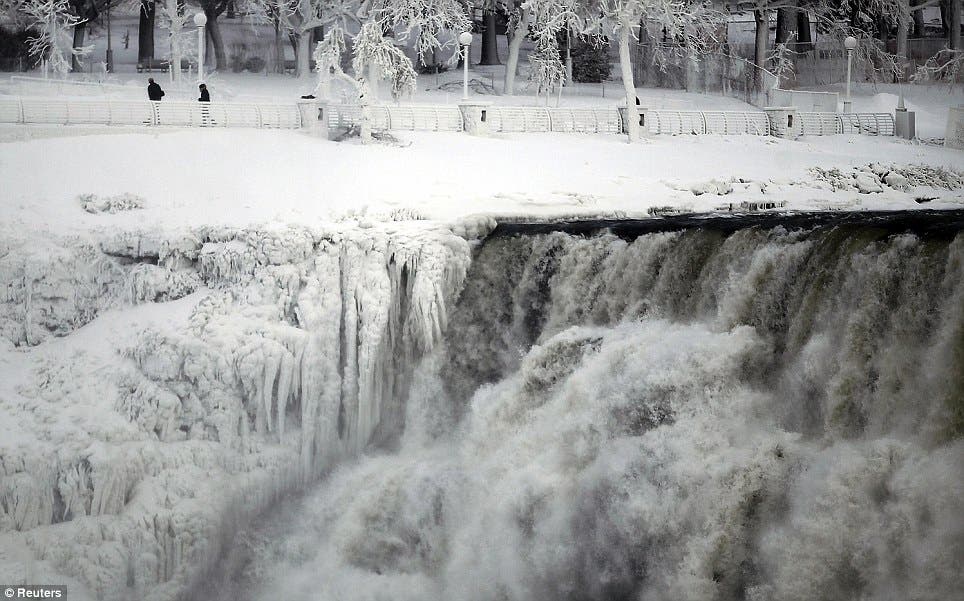If you think forced marriages are a thing of the past, you probably live in a pretty privileged part of the world. Although widely condemned by international communities, forced marriages (sometimes called “conjugal slavery”) are still common in some parts of the world. Now, a new study has found that extreme weather events can make forced marriages even more common — but it also highlights how we can tackle this practice.

It’s not that extreme weather directly causes forced marriages. Rather, they exacerbate some of the problems that lead to forced marriages in the first place.
“What these disasters do is exacerbate existing problems of gender inequality and poverty that lead families to child marriage as a coping mechanism,” says Fiona Doherty, lead author of the study and a doctoral candidate in social work at Ohio State.
Doherty’s study isn’t the first to look at this. In fact, Doherty conducted a review of 20 studies published between 1990 and 2022. All these studies were carried out because unfortunately, arranged marriages are still prevalent in some parts of the world, particularly in low- and middle-income countries.
For instance, 2006 data indicates that 11% of children under 15 and 36% of children under 18 are affected by forced marriages. Several African countries report a rate of over 50%. In India, a country of over 1.4 billion people, almost half of all marriages are arranged. Although data reliability is an issue, it’s estimated that globally, one in five girls is married before 18.
As for the link between weather and forced marriages, it’s straightforward: economics.
The economics of conjugal slavery
Most of the studies included in this review were carried out in low- and middle-income countries in Asia and Africa, including Bangladesh, India, Pakistan, Kenya, Nepal, and Vietnam. In these areas, the most common natural disasters were droughts and floods. However, some studies also looked at the impacts of cyclones and high-temperature shocks, as well as other natural weather-related disasters.
Throughout the different contexts, what stands out is that forced marriages became more prevalent when disasters caused economic insecurities.
“Child marriage is often seen as a coping strategy to reduce economic vulnerability and food insecurity that a family is facing because of a disaster,” Doherty said.
For instance, in Bangladesh, when heatwaves that last over 30 days hit, girls aged 11-14 were 50% more likely to be married off. Another study found that when a drought threatened water sources and livestock in Kenya, young brides were more sought after because they could help with increased labor demands, such as walking long distances to find food and water.
In places where a price is paid for the bride, the likelihood of girls being forced to marry increases during periods of drought and heavy rainfall. However, in regions like India where dowry is common (the bride’s family pays the groom’s family) girls were less likely to get married during a drought year, presumably because the bride’s family couldn’t afford to pay.
“The complexities surrounding child marriage and extreme weather will worsen amid climate change,” said Smitha Rao, assistant professor of social work at Ohio State.
Beyond economics
There was another cause of suffering for underage girls during periods of environmental disaster. Communities that are displaced by floods, cyclones, or other disasters often end up in camps or makeshift living conditions. In these environments, young girls are often targeted for sexual harassment and violence.
“Families sometimes made the choice to get their young daughters married off in these situations to protect them from harassment and sexual violence,” Rao said.
But there was one silver lining. There’s one factor that fights forced marriages: education.
Girls who were more educated were consistently less likely to be forced into marriages. It also worked for parents: the more parents were educated, the less likely they were to marry off their daughters.
The main problem, however is that girls lack any power.
“We found the main driver of child marriage is gender inequality,” Doherty said. We need to find ways to empower women and girls with education and financial control that will allow them to make their own decisions.
What this all means
For starters, the review confirms that forced marriage is pretty much prevalent. The researchers couldn’t find any studies conducted in high income countries, but there’s a chance that forced marriages still exist in these countries as well (at least in some communities).
Another finding is that environmental disasters that accentuate forced marriages are likely to become more common with climate change.
But we do have weapons to fight this. The first and most direct step would be to simply ban forced marriages (where this is not already banned). The second would be to provide support to families with economic difficulties, dissuading them from marrying off their daughters.
Ultimately, though, there’s much we still don’t know about forced marriages. This is still taboo in many parts of the world, and it’s one of those problems that’s easy to try to ignore if it doesn’t affect you. But we can, and should, do better.
“We need more research to understand the differences and additional factors that may be affecting the link between extreme weather events and child marriage in other parts of the world, including high-income countries,” Rao said.
The study was published recently in the journal International Social Work.






